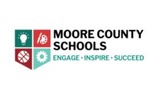
Students will learn why the heart makes the “lub dub” sound. Students will be able to demonstrate how blood flows through the heart.
- Subject:
- Science
- Material Type:
- Activity/Lab
- Author:
- Carrie Robledo
- Date Added:
- 09/29/2020

Students will learn why the heart makes the “lub dub” sound. Students will be able to demonstrate how blood flows through the heart.
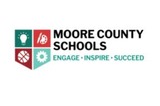
Students will work individually to design and create a doghouse that will help their pet during 1 of the 4 seasons. After completion students will present their pet houses to the class to present what elements of their design help their pet survive during their season.

The chair built must be attractive enough for Goldilocks to want to sit in it. The chair must hold Goldilocks up without falling.

After Reading “The Best Nest”, by Mueller and Neidigh, students are asked to build a nest that will keep a bird and 3 eggs safe. Nest must hold a bird and 3 plastic eggs and balance on tree branch.
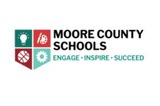
This mini-project comes following the study of the enlightenment and serves as the summative assessment for the Age of Revolution unit. Students will have their interactive notebooks from which to draw the events they need to complete the timeline. Students will use Cospaces to create a timeline that depicts and explains the order of events (patterns) that led to the creation of new governments that were created as a result of the events surrounding the Age of Revolution.
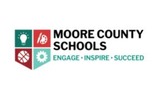
Students will use primary and secondary sources to create and share a narrative of Global Historical Figures from the 20th Century. Using a Gallery Walk format, students will gather information from their classmates' creations.
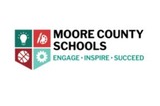
Students work in groups of 2 to create a sound room out of a collection of materials provided by the teacher and then selected by the students. Students will test their sound rooms periodically to determine if their structure has the ability to dampen or even completely eliminate a tone, or ringtone emitted from a cell phone that is turned to max. The goal is for students to rearrange and recombine materials until they have achieved sound cancellation, dampening the waves emitted from the cell phone to a degree that the tone is inaudible. The efficacy of the sound rooms will be checked by a decibel meter on an iPad or Android device (free app easily acquired in an app store). Students will check the decibel reading before their structure is placed over top of the cell phone and then after - comparing the drop in decibels. They will track their results on a document as they hopefully observe the efficiency of their structure improving over time and with each test. One important constraint, the students are limited by a budget. The materials will be “purchased” from an in class store utilizing “real world” pricing.
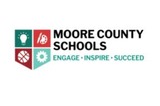
After studying agricultural products of North Carolina. Students will design a vehicle to transport their "goods" to market. Student vehicles will be powered by Sphero Mini robots to transport a replicated agricultural “load” a predetermined distance to replicate a journey from farm to market.
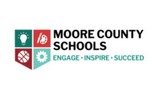
Students will work through a self-paced tutorial to learn some of the basics of Sketchup and produce a 3D design of a dog house incorporating their choices for materials and design. (Note: I have a collection of these tutorials that I am willing to share that build on student knowledge of Sketchup and introduce 1-2 new tools with each tutorial. This is just one of those tutorials.)
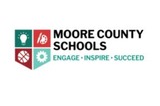
This project is designed for students in a beginning digital photography class but could be adapted for Digital Media, and or Visual Arts Beginning. In this lesson, students will learn about Pictorialism and Alfred Stieglitz, a strong spokesperson for the style. Students will learn the characteristics of pictorialism and stage a scene in this style capturing it with a digital camera. Next, they will learn how to use Procreate to alter this photo (instead of in the traditional darkroom, a digital darkroom) so that it resembles a painting of the late 19th Century.
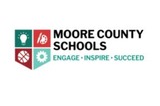
This project is designed for Visual Art Beginning students but can be used with any course introducing VR as a new medium. In this design process, students will create a painting using Tilt Brush in VR and will discover how the element of shape can evolve into the element of form. They will also experience how traditional painting can be very different from VR painting becoming a sculptural painting process.
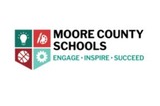
Students will listen to a reading of Cloudy With A Chance Of Meatballs by Judi Barrett. This book is accessible via NC Kids Digital Library. After the read aloud, students will have the opportunity to engage in The Engineering Design Process to design a prototype/model of a hat or clothing to show how people might adapt to the unusual weather conditions as depicted in the story. Students will present their design/prototypes and explain how the designs help people adapt to weather conditions, per the NC Kindergarten Social Studies Standards.
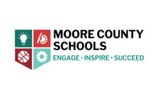
The ability to express yourself well through writing and speaking are important skills that you will use throughout your life. We will be conducting collaborative inquiry based research while we develop these skills together. This way we will not simply be passive participants in absorbing information, but active participants in cooperatively learning how to process complex information to develop conclusions. These will contain both individual and group components.
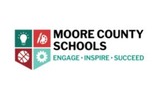
Students will work collaboratively in small groups of 3-4 students for this engineering design unit that integrates literacy to explore properties of objects by selecting the best materials to make their boats and investigate floating and sinking.